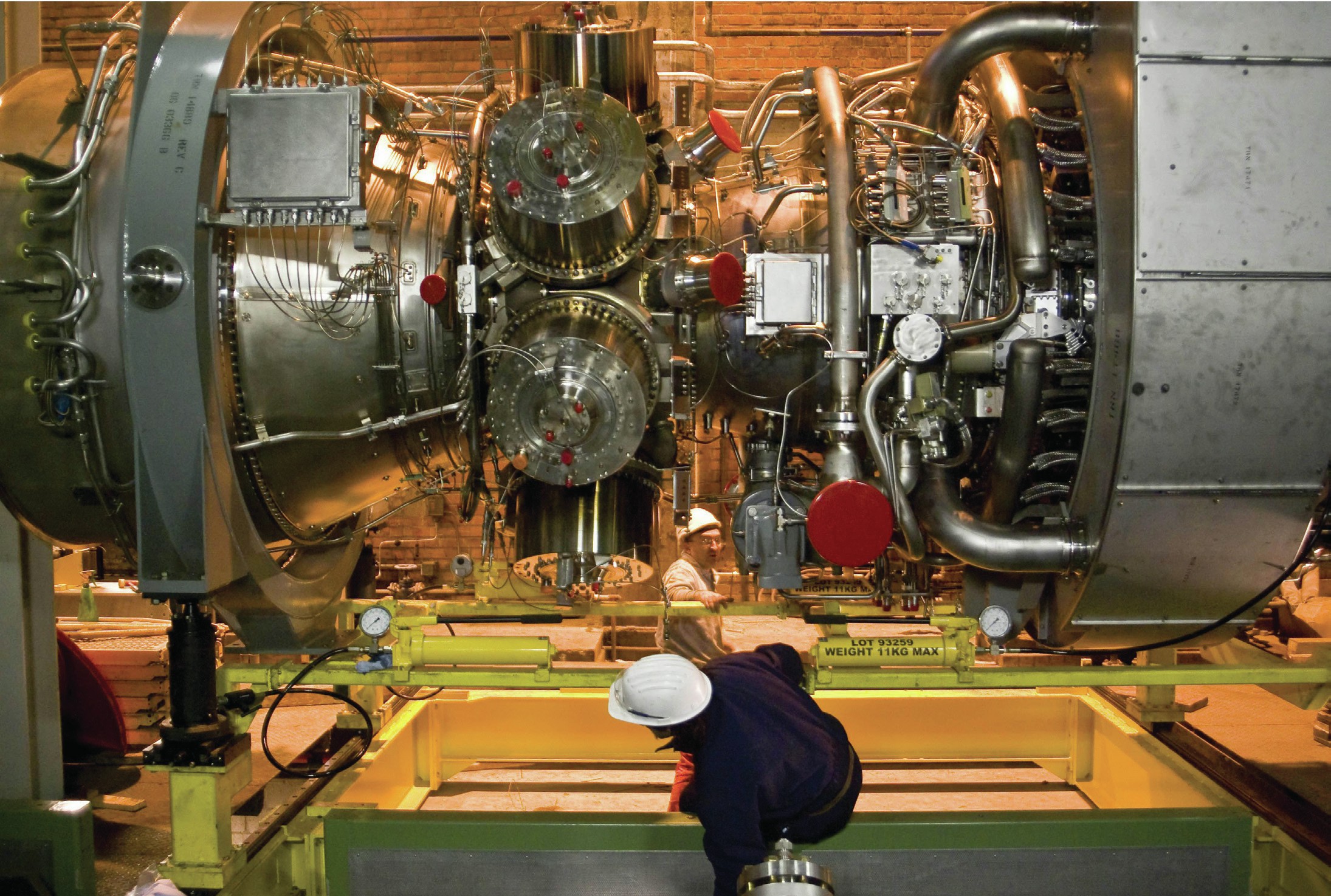
The first part of 2010 saw a tentative recovery of the UK economy. The recession that began early in 2008 bottomed out in the third quarter of 2009 and aggregate output has been increasing since then. The growth rate, however, is still well below the long-run average, and the level of output is well below the previous cyclical peak. It remains to be seen whether this recovery is firmly established or whether a further downturn may yet take place. A worrying feature is that inflation has remained above target, even in the depths of a recession. There is therefore the danger that it could accelerate further as the recovery gathers pace. The international environment remains fragile in that a number of economies within the euro area have needed to bring in severe fiscal austerity measures to combat problems with budget deficits.
Table 1 gives a set of summary statistics for the UK economy since 2003. This allows us to set recent economic performance in context. If we first consider real output, then we see that a recovery of sorts is now underway. The long-run historical average for real GDP growth is about 2.4%. Between 2003 and 2007 the actual growth rates experienced were not too far from this average. In 2008, however — following the credit crunch — the economy stalled badly. Output growth was close to zero in that year and in 2009 the economy went into a full-blown recession, with output falling by nearly 5% in one year. By historical standards this was a severe downturn.
Your organisation does not have access to this article.
Sign up today to give your students the edge they need to achieve their best grades with subject expertise
Subscribe




